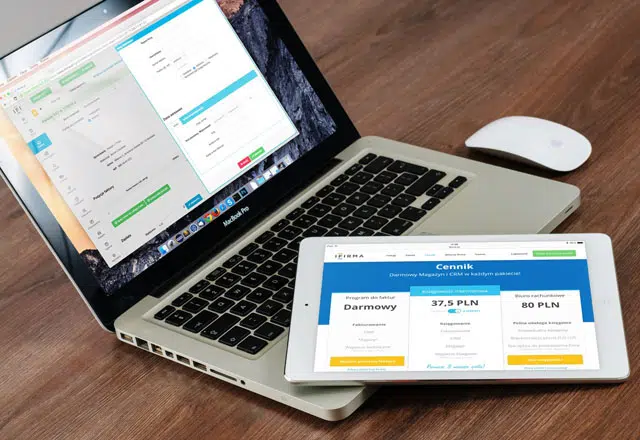You want to reach a wider audience. More users. More potential customers for your product or service. You also might have multiple locations for your business or even franchise locations. Suddenly, you feel like you need multiple websites. You have fallen into the multiple domain trap.
Sometimes, this is a necessary place to be. Those instances are rare. For the most part, having multiple domains is a bad idea. So how do you avoid the multiple domain trap, or get out of it if you have already been snared?
Select Your Strongest Domain
If you already have a strong, single domain keep it. However, this section should serve as a good reminder for you.
If you are just starting out, select a strong domain name that encompasses all of your products, services, and locations if applicable. While much of the time we want domain names to be specific, in this case, you want it to be more general, like the name of your company or a general name that encompasses what you do. Use a domain name search tool to determine if the name you want is available, but don’t stop there.
If you already have multiple domains, select the one that best describes generally who you are and what you do. This may not be the domain that is getting the most traffic at the moment, but it has the greatest potential. You can use a 301 redirect to get that traffic to the right place once you have reconstructed your site structure.
In either case, review your site and make sure the name is appropriate and relevant. Also make sure that if you have abbreviated things or run any names together, no inappropriate spellings have resulted. We have all seen funny sites like choosespain.com (Choose Spain), and you don’t want to be on one of those joke lists.
Use Categories
To narrow the focus of your site for users, use category headings that contain the topics or products that differentiate one from the other. For instance, if you have a software product but you also offer internet services, you would want your site to reflect both of those things.
Essentially, you are creating two sites under one domain. The URL would look something like mydomain.com/software and mydomain.com/internetservices. Then as you create content or pages, you can place it under the proper subdomain.
Use Metro Pages
Have more than one location? Even more than one location in the same metro area? Use metro pages to direct users to the right place. Using metro pages gives you a place to list your locations in that area, but also helps you rank in the all-important local search queries.
The thing about metro pages is they capture the general traffic as well as the “hardware store near me” type traffic. More on that in a moment.
The URL for your metro page might look like mydomain.com/sandiego.
Use Location Pages
Under the domain name for San Diego, you would of course have the stores in that city. These pages get a little more complex, but structuring them correctly is essential to ranking in local searches. A sample might look like this: mydomain.com/sanddiego/325/gaslampdistrict.
Note that this gets down to the specific neighborhood, so if someone is searching for shoe stores in the Gas Lamp District, they will find your listing somewhere on the first page (and the Google map you would hope).
Personalization
These local pages also allow you to personalize the user experience for each location. They can check inventory, see what each store offers, and even shop online or discover discounts.
Personalization is essential to the buyer journey, and involves meeting the customer where they are. These local pages provide a unique opportunity to do just that: what shoes (or whatever you are selling) are popular in one area may not be popular in another.
The same applies to online products and services. Where your customer lives, where they are from, tells you a lot about them before they even click on one page or one item. Everything from the language used on the site to the colors and theme should be geared to customer location, making their experience unique from the start.
Subdomains on Separate IP Structures
Some businesses with several locations have tried to create subdomains that are a part of the site structure, but housed on separate IP structures so they are controlled locally.
The issue with this idea is that there is no evidence that Google sees these as the same website, and transmits link authority and other metrics to the main site. This also creates a management problem for IT departments and complicates their job.
Social Media Advice
If you have more than one location, having a central website is better in most cases. It is easier to control and gets more authority in Google and other search engines.
Social media is different though, and although we won’t go deep here, know that each location should have its own social media page, although it is best if they are harmonious with the main page. Facebook makes this easy with their locations tool.
The reasons for this are simple. First, it is easier to get reviews on the site for the individual location. Second, you get more social signals to Google and expand your online footprint with individual location pages.
These can often be managed centrally, but sometimes adding local flair to social media is a good idea. The only issue is if the person who is managing it is not consistent or their message is off from the company one.
Single domains with subdomains give the company control over seasonal promotions, messaging, and synchronous ad campaigns. They cost less to manage and are easier for customers to find. Don’t fall into the multiple domain trap. In the long run, it’s going to cost you.














